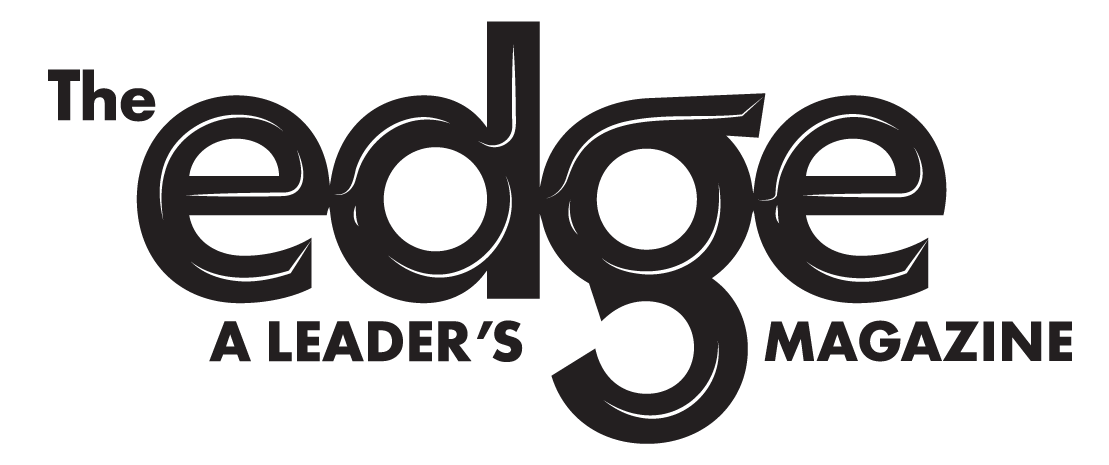The COVID-19 pandemic will continue to be a common topic of discussion well into the future. Considering the level of impact it has already had, as well as doctors predicting that it’ll be another 12 years before the pandemic is truly over, we really are only beginning to see the changes the world will experience as a result.
One of the major ways that the pandemic has impacted our lives, is in how we work. Pre-pandemic, most people worked nine to five, in person in an office, five days a week. But now, fully remote and hybrid remote work are becoming the norm. In addition, companies were forced to face the fragility within their operations and change how their company was run in order to stay in business. This means that not only have employees needed to adapt to a new working environment, but leaders had to as well.
Essentially, the pandemic was a catalyst for many things. In addition to remote work, the pandemic introduced uncertainty, high levels of stress, forceful adaptation, and disruptions at all levels within a business. While research is still limited and somewhat ambiguous, it is important to understand how all of these changes have impacted leadership thus far, in order to better help us predict how the work world will continue to change moving forward.
General Preliminary Findings
Generally speaking, while these are still preliminary findings, a few trends have begun to emerge. Overall, many leaders used the pandemic as a way to re-think their leadership role, and many leaders were able to find success. For instance, when leaders showed understanding, compassion and empathy, employees felt safer about speaking up.
This also extends to leaders supporting employees’ health and wellness, which helped with employee motivation, engagement, and success at work. Interestingly, according to the Harvard Business Review, “female leaders were more effective than male leaders in displays of empathy and confidence, leading to better outcomes.” Additionally, there was an increase in charitable giving on behalf of many leaders during the height of the pandemic.
The Individual as a Whole
Essentially, the pandemic highlighted the need to create a safe space for employees to bring their whole selves to work. What this means is, it’s no longer enough for employers to treat employees as another machine within their company. Employees are people, and expect to be treated as such. Their health and safety, as well as personal goals and motivations, are all important.
They have lives outside of work, and are increasingly demanding that employers become more aware of this fact. While remote and hybrid work has blended the lines between work and personal life a little bit, it has helped humanize everyone at all levels within a company.
Leading With Empathy
If you do any research on this topic beyond reading this article, you’ll see the word “empathy” come up a lot. This is due to researchers and leaders alike seeing that the most successful leaders during the pandemic were the ones who lead with empathy.
Leaders with high emotional intelligence were also those who prioritized employees’ mental and physical wellbeing. They understand that people want to find meaning within their careers, and that treating employees with care and compassion would lead to higher loyalty and better overall outcomes. As a result, they were more likely to have employees deliver better customer service, employees who were willing to take risks, as well as employees who stayed motivated.
Collaboration and Communication
The other major theme to come from the pandemic is the emphasis on the need for better communication and collaboration within teams. Rather than leading in an autocratic way, essentially using rigidity and power to control employees, leaders learned to adapt to be more inclusive of their employees.
In terms of collaboration, when relationships are built on trust and mutual respect, with leaders taking on a more supportive or participatory role, they are creating an environment of innovation. Of course, there are some instances where a leader needs to take charge and dictate how things are done, especially in an emergency situation, but the majority of the time, when employees are given the freedom to collaborate and innovate, they are far happier and more invested in their jobs.
Regarding communication, while constant updates may be confusing at times, briefing employees regularly, and maintaining open and clear communication, can actually increase motivation. This causes employees to have a better understanding of the overall trajectory of the company as well as the part that they play. It can help improve employees’ adaptability, and teams are often able to have better organizational performance when they are given clear direction.
Lily Francis | Contributing Writer




















